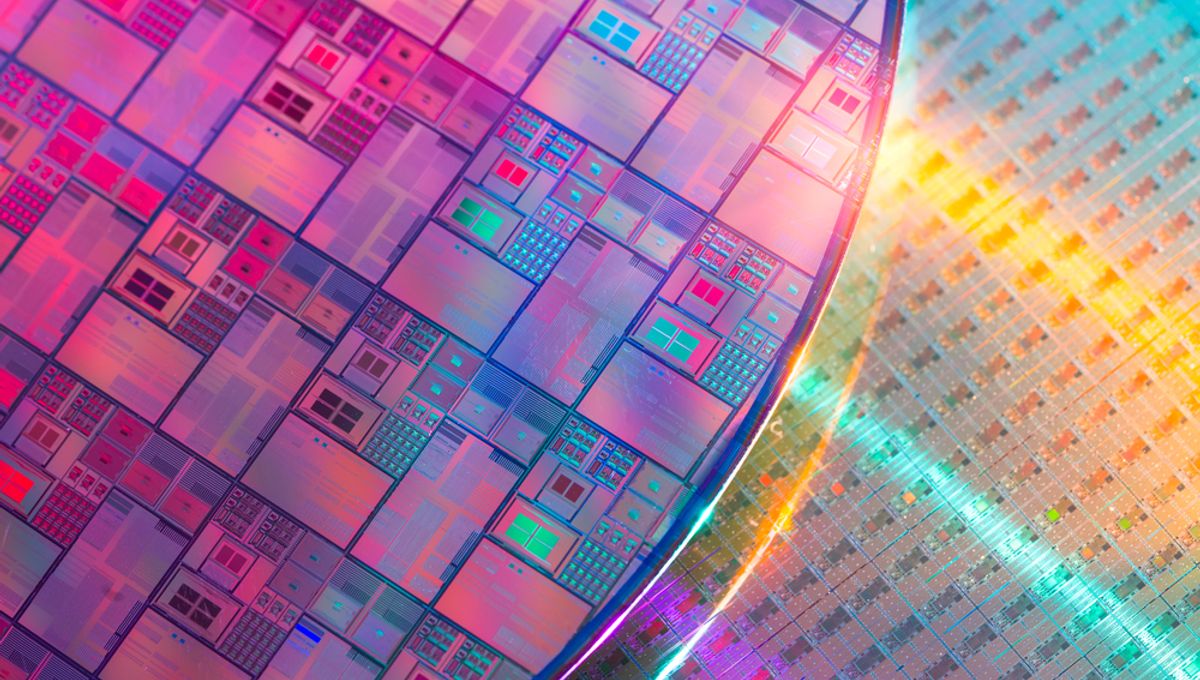If you’ve been on the internet recently, you’ve probably heard people throwing around “Moore’s Law” and whether it is “dead” or not. The concept of Moore’s Law has become a hot debate in the face of recent Nvidia statements and in the realm of technology hardware, but what does it actually mean?
What is Moore’s Law?
Moore’s Law isn’t actually a law, it’s an observation made by Gordon E. Moore, the co-founder of Intel, in 1965: that the number of transistors on a microchip doubles every two years. It’s a marker of exponential progress, noting that the knowledge and manufacturing capabilities of microchip fabrication technology increase rapidly.
Despite being observed almost 60 years ago, Moore’s Law has proved true. Consistent innovations in microchip manufacturing have pushed down the size of transistors, allowing more and more to be packed into silicon wafers. These transistors are the foundation of a microchip, which sit at the heart of integral computer components – generally, the more transistors that can be packed into the wafer, the faster the microchip.
For context, the Apollo 11 guidance computer that took NASA to the Moon contained 17,000 transistors in its giant 30-kilogram (66-pound) frame. That’s 17,000 tiny components deciding whether current can flow through them or not, forming one collective digital brain to make enough calculations to deliver humans safely to the Moon.
Now, however, things have slightly moved on. In the largest commercially-available chip, Apple’s dual-die M1 Ultra processor, there are 114 billion transistors sitting on a chip just 840 millimeters square (1.3 inches square), all working as hard as possible so commuters can use Microsoft Word on the way to work. And all of this made possible by innovation following Moore’s Law.
Is Moore’s Law dead?
The answer to this will vary depending on who you ask. Some state that Moore’s Law is soon to be a thing of the past, as microchips cannot get much smaller than current cutting-edge technology due to the size of silicon. If Moore’s Law is to continue, huge advancements may need to be made in materials sciences – old-school silicon may not carry us much further. At this point, it has become a problem of physics. IBM’s latest experimental transistors are just a tiny bit larger than the actual atoms of silicon used to make them, and things might get a bit out of hand if they try to split atoms to make them smaller.
Most notable of those saying that Moore’s Law is dead is Nvidia’s co-founder and CEO Jensen Huang, who claimed that “the method of using brute force transistors and the advances of Moore’s law has largely ran its course” in a statement last year, as reported by CNBC.
Meanwhile, rival company Intel said that’s Moore’s Law is alive and well, likely due to the fact that they are still using older fabrication technologies to produce their products. Intel committed to moving at a rapid rate to catch up with competition, while developing new lithography techniques to continue to cram more transistors onto their chips. By the end of the decade, Intel wants to have created a chip with a trillion transistors on a single package.
Some may also view Moore’s Law as alive due to advances in new methods of computing like cloud computing, which is less about transistors but still pushes forward computing power by orders of magnitude.
So, is Moore’s Law dead, and will companies soon hit a brick wall of simple physics? Or will they continue to find a workaround, just like they have done for decades before?
Source Link: What Is Moore's Law, And Is It Dead?
